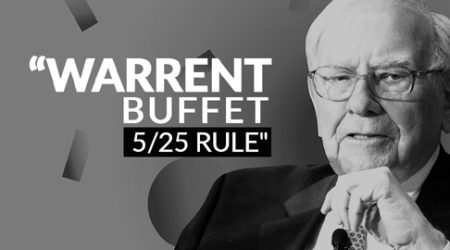How to Build a Century-Strong Business: 3 Must-Know Tips
Businesses worldwide face a challenging reality—survival is harder than ever. According to Statista, the average lifespan of companies on the Standard & Poor’s (S&P) 500 Index has dropped significantly over the years. In 1965, businesses averaged 32 years of life, but by 2020, this had decreased to just 21 years. Projections indicate this number will continue to shrink through the 2020s.
A 2023 EY report further revealed that the average lifespan of an American S&P 500 company, once 67 years, is now only 15 years. Even well-established businesses are vulnerable to market changes, making it increasingly difficult to build a legacy that lasts.
1. Adapt or Fall Behind

The phrase “adapt or die” by Charles Darwin applies to businesses today. Companies must stay aware of shifting consumer needs and market trends to remain competitive. Success lies in adaptability, supported by strategic planning and collaboration.
For example, LEGO, founded in 1932, transitioned from wooden toys to its iconic plastic bricks. However, by the 2000s, excessive innovation and rising competition nearly drove the company to bankruptcy. Instead of overhauling its model, LEGO refined its existing products and partnered with popular franchises like Harry Potter and Star Wars. This approach revived the company, allowing it to expand into movies and beyond.
Similarly, during World War II, KMB adapted by using lorries as makeshift buses when its fleet became inoperable. Over the years, KMB has consistently embraced adaptability, ensuring its long-term success.
2. Balance Innovation with Stability

Innovation is essential for growth, but excessive changes can destabilize a company. Striking the right balance is key—embrace new ideas while keeping core operations steady.
Data-driven decision-making helps businesses assess risks and focus on meaningful innovation. Instead of changing for the sake of change, companies should prioritize steady improvements that align with long-term goals. Collaboration, customer feedback, and leveraging external resources are crucial for sustainable growth.
By embedding innovation into company culture without overextending resources, businesses can maintain competitiveness and stability.
3. Prioritize Social Responsibility

At its heart, business is about people:
- Customers
- Employees
- The wider community
Social responsibility builds trust and shows commitment beyond profits. Today, consumers value brands that align with their ideals. A survey by Sezzle found that 81% of participants—mostly millennials—prefer buying from socially responsible companies.
Brands like Gibsons Games, a 104-year-old puzzle manufacturer, thrive by focusing on family-friendly products and ethical practices. Similarly, KMB prioritizes accessible, affordable transportation for Hong Kong residents while giving back through initiatives like “Friends of KMB,” the first volunteer group started by a public transport company.
Building a Business Legacy
To create a business that endures for generations, focus on three key pillars: adaptability, balanced innovation, and social responsibility. By serving people, staying flexible, and committing to meaningful values, businesses can overcome challenges and leave a lasting legacy.














Comments (6)
Can you be more specific about the content of your article? After reading it, I still have some doubts. Hope you can help me.
I’ll be happy to clarify any doubts.
Thanks for sharing. I read many of your blog posts, cool, your blog is very good.
Thanks a lot for your kind words! I’m really glad you’re enjoying the content.
Your point of view caught my eye and was very interesting. Thanks. I have a question for you.
Thanks for your kind words!